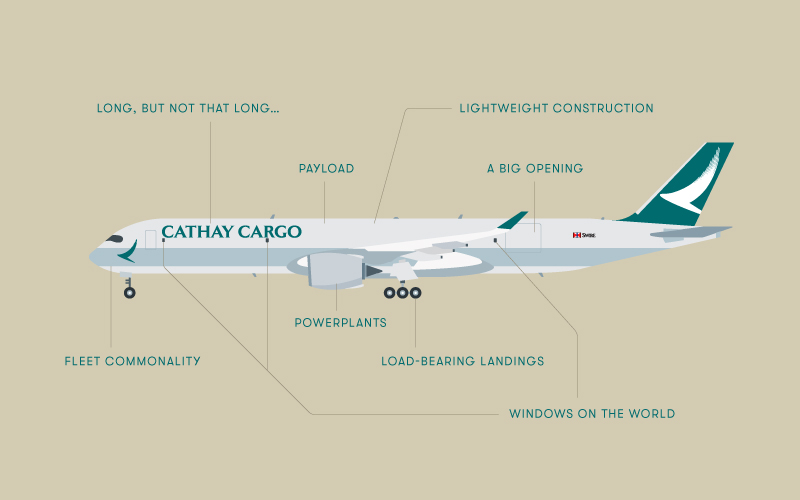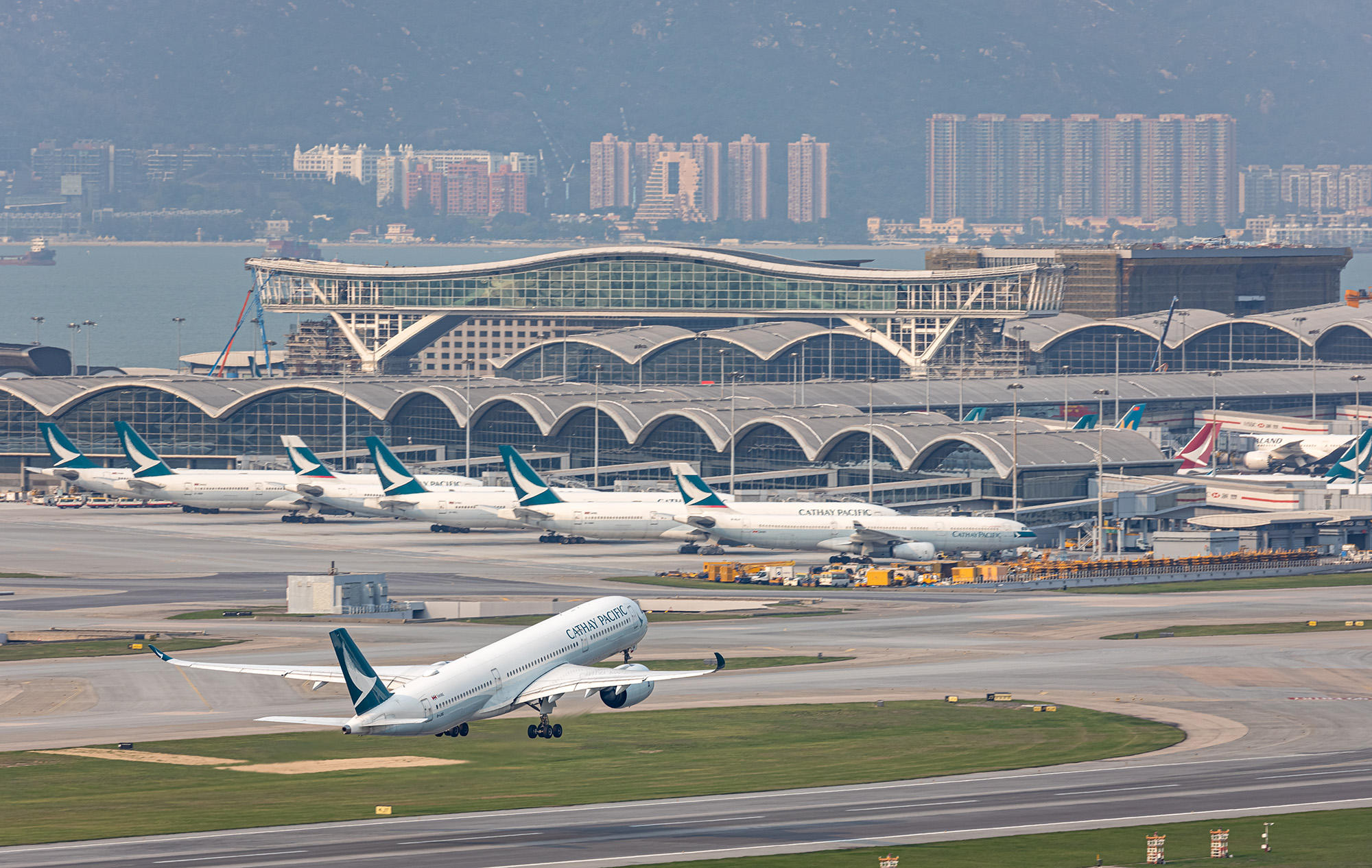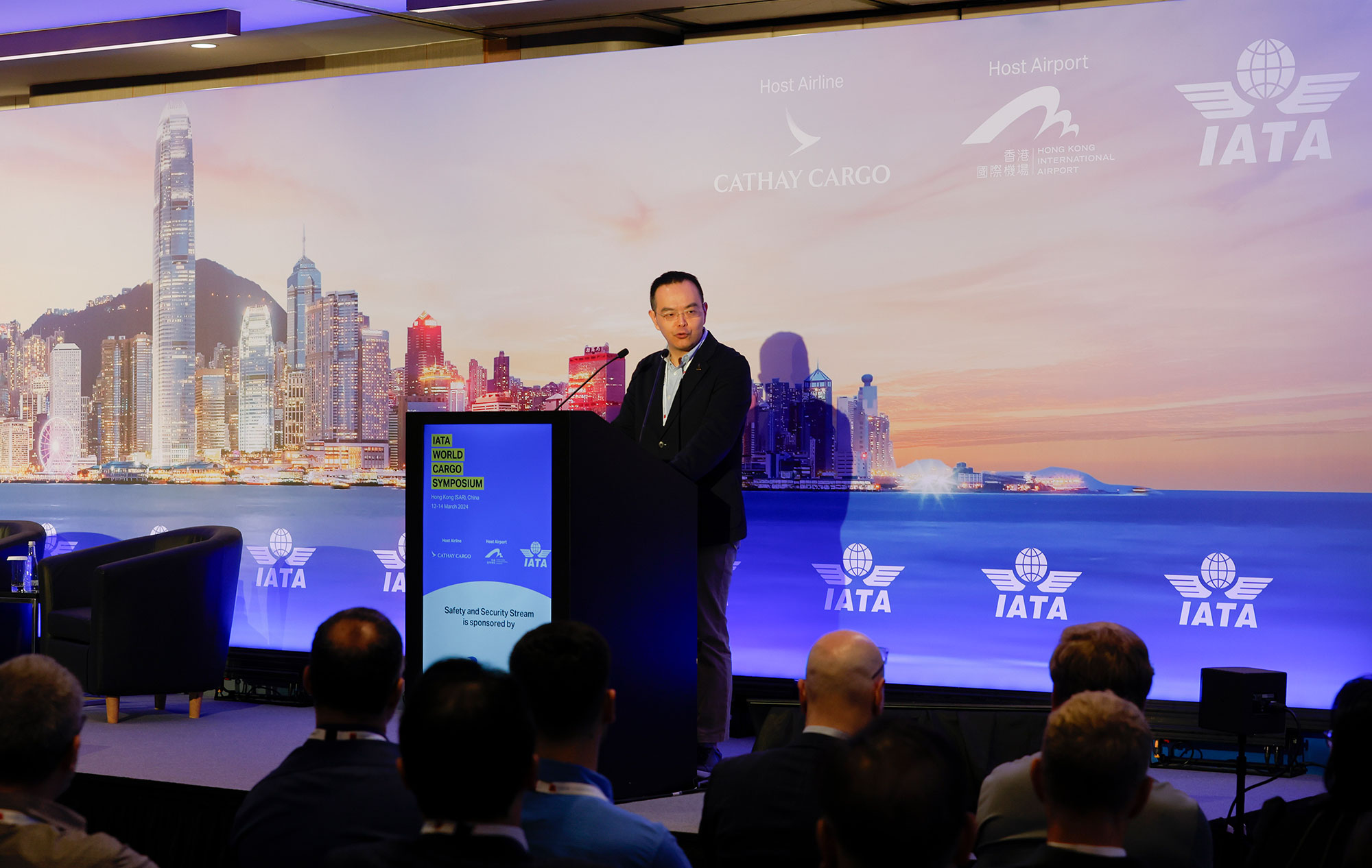In December, Cathay reaffirmed its long-term commitment to both its cargo operations and Hong Kong’s continued development as the leading global air-logistics hub with an initial order for six next-generation Airbus A350F wide-body freighters, and securing the right to acquire a further 20 aircraft.
With the first of these new aircraft set to arrive in 2027, they will add greater flexibility to Cathay Cargo’s freighter capacity and how it is deployed, while consolidating its long-haul, wide-body cargo operations with the sustainability benefits that only a next-generation freighter can offer.
Cathay Group Chief Executive Officer Ronald Lam said: ‘This order marks another major component in our investment for the future. It reflects Cathay’s confidence in the Hong Kong hub as we look ahead to the opportunities provided by the Three-Runway System.
‘These highly fuel-efficient next-generation freighters will provide important additional cargo capacity, expand our global network and contribute to our sustainability leadership goals.’
As the first ‘next-generation’ long-haul freighter on the market, the Airbus A350F will bring the benefits of modern aircraft construction to offer increased fuel efficiency and easier operations. This is achieved through the use of tough yet light composite materials and titanium, rather than the current aluminium frames of the existing new and converted freighters on the market. This is in addition to the reassurance of the flight hours from the passenger variant of the A350 aircraft, which is a reliable and proven type already in service.
Payload
The maximum payload (dependent on range) is 111 tonnes. The A350F is made from tough and lighter-weight carbon fibre composites and titanium, enabling it to carry a bigger payload than current generation twin-engine freighters because of the weight saved from greater use of these materials.
Powerplants
The A350F is powered by the Rolls-Royce XWB engines that feature across the A350 fleet, offering efficiency, reliability and lower emissions.
Long, but not that long…
The A350 is based on the passenger A350-1000 but is around three metres shorter than that aircraft (70.80 metres against 73.79) with a shorter fuselage section forward of the wing for extra stability because of increased payload.
Load-bearing landings
It shares the same triple-bogey rear undercarriage of the A350-1000, but strengthened for its cargo role.
Lightweight construction
Airbus claims that the lightweight materials in the A350F’s construction will offer up to a 40 per cent fuel saving against four-engine freighters, and up to 20 per cent against the current generation twin-engine production freighters on the market.
A big opening
The placement of the cargo door at the rear of the plane adds stability during loading and unloading. The 4.1-metre-wide door is one of the widest on the market and designed for outsized loads like the biggest current and future ultra-fan aircraft engines, and all without the risk of tail-tipping.
Windows on the world
The A350F retains very few windows in the fuselage, with spots for inspection by the front crew-boarding door, just ahead of the wings on each side and next to the rear main-deck cargo door.
Fleet commonality
The A350 series and A350F share 100 per cent commonality for engine spares, and 99 per cent commonality overall. Additionally, the new aircraft will bring operational flexibility as flight crew and maintenance personnel do not require additional training.









